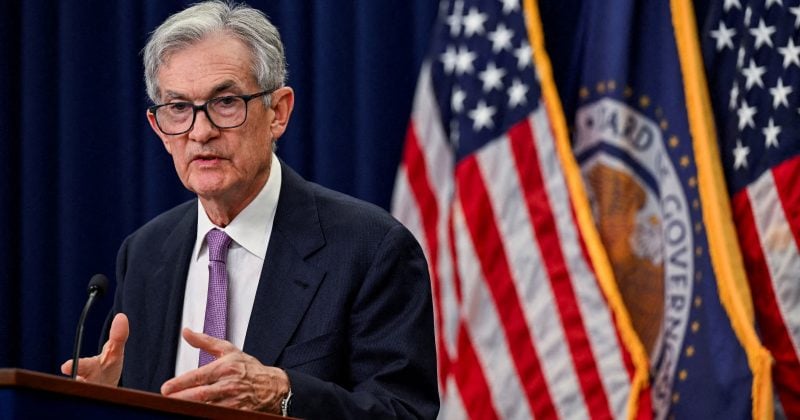
The liquidators of the defunct cryptocurrency hedge fund Three Arrows Capital (3AC) are currently working to increase their claim against FTX from 120 million dollars to as much as 1.53 billion dollars.
The news, reported by Bloomberg, highlights an ongoing legal battle between 3AC and FTX, two of the main players in the world of cryptocurrencies, both hit by severe financial difficulties and bankruptcies.
The context: Three Arrows Capital and FTX
Three Arrows Capital, also known as 3AC, was one of the most influential hedge funds in the cryptocurrency sector until mid-2022, when it collapsed due to a series of risky investments and high exposure to declining crypto markets.
Its fall had a domino effect, contributing to the worsening of the market conditions of cryptovalute and impacting numerous other players in the sector.
FTX, on the other hand, was one of the leading cryptocurrency exchanges worldwide, but in November 2022 it also declared bankruptcy due to a severe liquidity crisis and suspicions of poor financial management. The bankruptcy of FTX shook the entire cryptocurrency market and triggered a series of legal disputes and fund recovery actions by creditors and investors.
According to Bloomberg, the liquidators of 3AC claim that, two weeks after the collapse of the hedge fund, FTX liquidated and seized the assets of 3AC held on the platform to cover a debt of 1.33 billion dollars. This action, according to the liquidators, would have been an “avoidable and unfair” move that caused significant harm to the creditors of 3AC.
The current request from the liquidators is therefore to increase the credit towards FTX to 1.53 billion dollars, including not only the initial 120 million dollars but also compensation for the alleged losses suffered due to FTX’s actions.
The accusations of 3AC: unfair transactions and damages to creditors
The central argument put forward by the liquidators of Three Arrows Capital is that FTX acted improperly by seizing 3AC’s assets in an “avoidable and unfair” manner.
In other words, they argue that the liquidation operations carried out by FTX were avoidable and resulted in unfairly damaging financial consequences for the creditors of 3AC, who found themselves deprived of valuable resources that could have been distributed among them.
If the liquidators of 3AC were able to obtain the increase of the credit to 1.53 billion dollars, this would represent an important victory for the creditors of 3AC, who could see a significant recovery of the losses suffered.
However, the dispute also highlights the level of interconnection and dependence among the actors in the cryptocurrency market: the collapse of one can have ripple effects on many others.
Furthermore, the case highlights the need for greater regulation and transparency in the cryptocurrency sector. Both Three Arrows Capital and FTX have been hit by devastating bankruptcies and accusations of fund mismanagement.
The sector has seen numerous failures of platforms and hedge funds in recent years, with creditors and investors often finding themselves deprived of resources due to opaque management and aggressive financial practices.
The future for creditors and pending legal issues
The legal battle between the liquidators of 3AC and FTX is set to continue for several months, if not years, considering the complexity of the case and the sums involved.
The creditors of both companies are waiting for developments that can ensure a return on their investments, but the success of 3AC’s request will depend on the liquidators’ ability to demonstrate that FTX’s actions were indeed avoidable and unfair.
The request for an increase in credit by the liquidators of 3AC towards FTX to 1.53 billion dollars highlights the difficulties of the cryptocurrency sector, which continues to grapple with issues of transparency, trust, and regulation.
This controversy not only reflects the challenges of a relatively young and highly volatile market, but also reinforces the urgency of reforms and regulations that can protect investors.
In the near future, the evolution of the legal and financial affairs of 3AC and FTX will serve as an example for the sector, offering important lessons to prevent episodes of crisis and bankruptcy from recurring.
A regulated context and greater transparency could represent the next necessary step to ensure the stability of the cryptocurrency market and better protect the interests of investors and creditors.

 2 months ago
32
2 months ago
32









 English (US) ·
English (US) ·